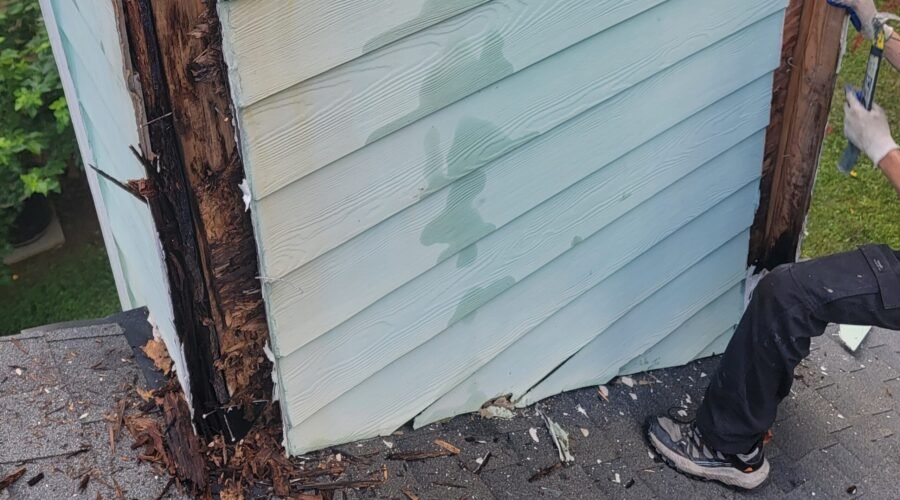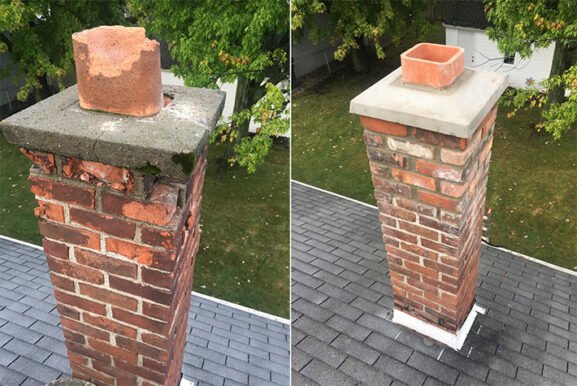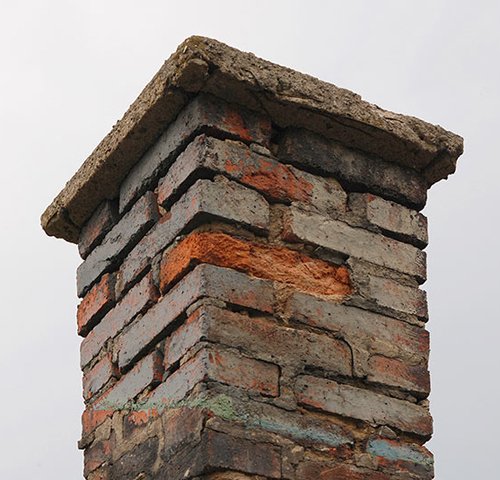What Homeowners Need to Know About Chimney Siding Repair Cost
Key Takeaways
- Chimney siding repair costs vary based on material, extent of damage, and labor rates
- Water intrusion, pest infestations, and weather damage are common causes of siding problems
- Timely repairs can prevent structural issues and reduce long-term expenses
- Vinyl, wood, and fiber cement are among the most common materials used in chimney siding
Why Chimney Siding Matters More Than You Think
Most homeowners don’t pay much attention to chimney siding until there’s visible damage. But the truth is, chimney siding plays a crucial role in protecting your home from moisture, pests, and the elements. When the siding begins to crack, rot, warp, or peel, it exposes your chimney structure—and sometimes your entire home—to deeper damage.
Whether you live in a rainy climate or experience wide temperature swings, siding damage can accelerate quickly. Chimneys are constantly exposed to wind, rain, snow, and UV rays, and over time, these forces can wear down even the most durable siding. If the underlying materials start absorbing moisture, you could face chimney leaks, mold growth, and costly brick deterioration.
Understanding the cost of repairing this part of your home can help you plan ahead, avoid surprises, and keep your home safe and sound.
Factors That Influence Chimney Siding Repair Cost
There’s no one-size-fits-all answer when it comes to chimney siding repair costs. Several factors impact the final price, and knowing what goes into the estimate can help you make informed decisions.
Material Type
Different siding materials come with different price tags. Vinyl tends to be the most affordable, ranging from $3 to $7 per square foot. Fiber cement and engineered wood can cost between $5 and $12 per square foot, while cedar and other premium wood sidings might push costs higher due to the material and installation complexity.
Keep in mind that matching the new siding with your existing exterior can sometimes increase the cost, especially if your home has discontinued or custom siding.
Extent of Damage
Minor repairs—like fixing a single cracked panel or replacing a small section—are relatively inexpensive and can often be completed in a day. Larger repairs that involve structural issues, extensive water damage, or mold remediation will naturally cost more.
The repair process may also require inspection of the underlying sheathing and insulation. If there’s rot or water damage beneath the siding, expect additional labor and material costs.
Accessibility
Chimney location plays a role in repair pricing. If the chimney is difficult to reach—especially on steep rooftops or multi-story homes—the job may require special equipment or safety precautions, which adds to labor charges.
Average Costs for Common Repair Scenarios
To give a clearer picture, here’s a breakdown of typical chimney siding repair costs based on the most common materials and damage types.
| Repair Type | Average Cost Range |
| Small patch repair (vinyl) | $150 – $400 |
| Full siding replacement (vinyl) | $800 – $2,000 |
| Wood siding repair | $300 – $1,200 |
| Water damage repair with mold removal | $1,000 – $3,000 |
| Fiber cement panel replacement | $700 – $2,500 |
These figures depend on regional labor rates, the extent of scaffolding needed, and the specific contractor. It’s always best to get a few quotes from reputable local professionals to understand what’s reasonable in your area.
Signs Your Chimney Siding Needs Immediate Repair
Delaying chimney siding repair can lead to bigger problems, especially in harsh weather environments. Here are common red flags that should prompt a closer look:
- Peeling paint or bubbling surfaces on siding
- Warped or loose panels
- Visible mold, mildew, or water stains
- Cracked or rotting wood siding
- Cold drafts entering through the chimney chase
- Animal or insect nests behind panels
If you notice any of these issues, it’s wise to schedule an inspection. Siding damage is often more severe than it appears on the surface.
Why Professional Repair Is Often Worth It
While some minor vinyl siding issues may seem like simple DIY projects, chimney siding repair typically calls for professional skills—especially when the chimney chase or surrounding structure is involved.
Professionals have the right tools to identify hidden moisture, check structural integrity, and safely remove and replace siding without disturbing nearby flashing or roofing components. A poorly executed repair can lead to new leaks or ventilation problems that cost more to fix later.
Additionally, licensed contractors often provide warranties on their work, giving you peace of mind that the job was done correctly. You can verify a contractor’s credentials through resources such as the Better Business Bureau or local licensing boards.
Choosing the Right Siding for Repairs or Replacement
If you’re replacing large sections—or the entire chimney siding—consider selecting materials that offer long-term durability with minimal maintenance.
Vinyl Siding
Affordable and easy to install, vinyl is a top choice for budget-conscious homeowners. It resists moisture and doesn’t require painting, but it can crack in extreme cold or fade under prolonged sun exposure.
Fiber Cement
This siding offers excellent weather resistance, fire safety, and pest protection. Though it’s more expensive than vinyl, fiber cement lasts longer and mimics the look of wood with better durability.
Engineered Wood
This option balances cost and aesthetics, offering the look of natural wood with engineered strength. However, it still requires regular upkeep to prevent moisture damage.
Cedar or Natural Wood
While beautiful and classic, wood siding is high maintenance and more vulnerable to rot and insects. It’s best for homeowners willing to invest time in sealing, painting, and inspections.
Preventative Measures That Can Lower Future Costs
Maintaining your chimney siding now can prevent expensive repairs down the road. Routine inspections—especially after storms—can catch problems early. Trim overhanging trees, clean gutters regularly, and ensure proper flashing is installed around the chimney base.
Sealing cracks as soon as they appear and replacing damaged panels right away helps avoid more serious structural damage. Many homeowners also opt for annual roof and chimney inspections to stay ahead of weather-related wear and tear.
Smart Steps to Take When Planning for Repair
When budgeting for chimney siding repairs, it’s helpful to think beyond just materials and labor. Here are a few additional considerations:
- Check if your homeowners insurance covers siding damage from storms or accidents
- Get multiple quotes and ask for itemized estimates
- Ensure contractors are licensed, insured, and experienced in chimney-specific siding work
- Ask if the new siding is compatible with your existing ventilation and weatherproofing systems
Being proactive with your planning can save time and reduce stress when the work begins.
Final Thought on Long-Term Value
Investing in chimney siding repair doesn’t just address cosmetic problems—it protects your entire chimney structure and the home beneath it. Ignoring damage can lead to water infiltration, pest invasions, and even interior wall damage over time.
Choosing the right materials, hiring the right contractor, and staying on top of routine maintenance will ensure your chimney remains functional, safe, and attractive for years to come.
If you’ve been delaying this repair, now is the time to act. Protecting your chimney siding today can prevent costly surprises tomorrow.


